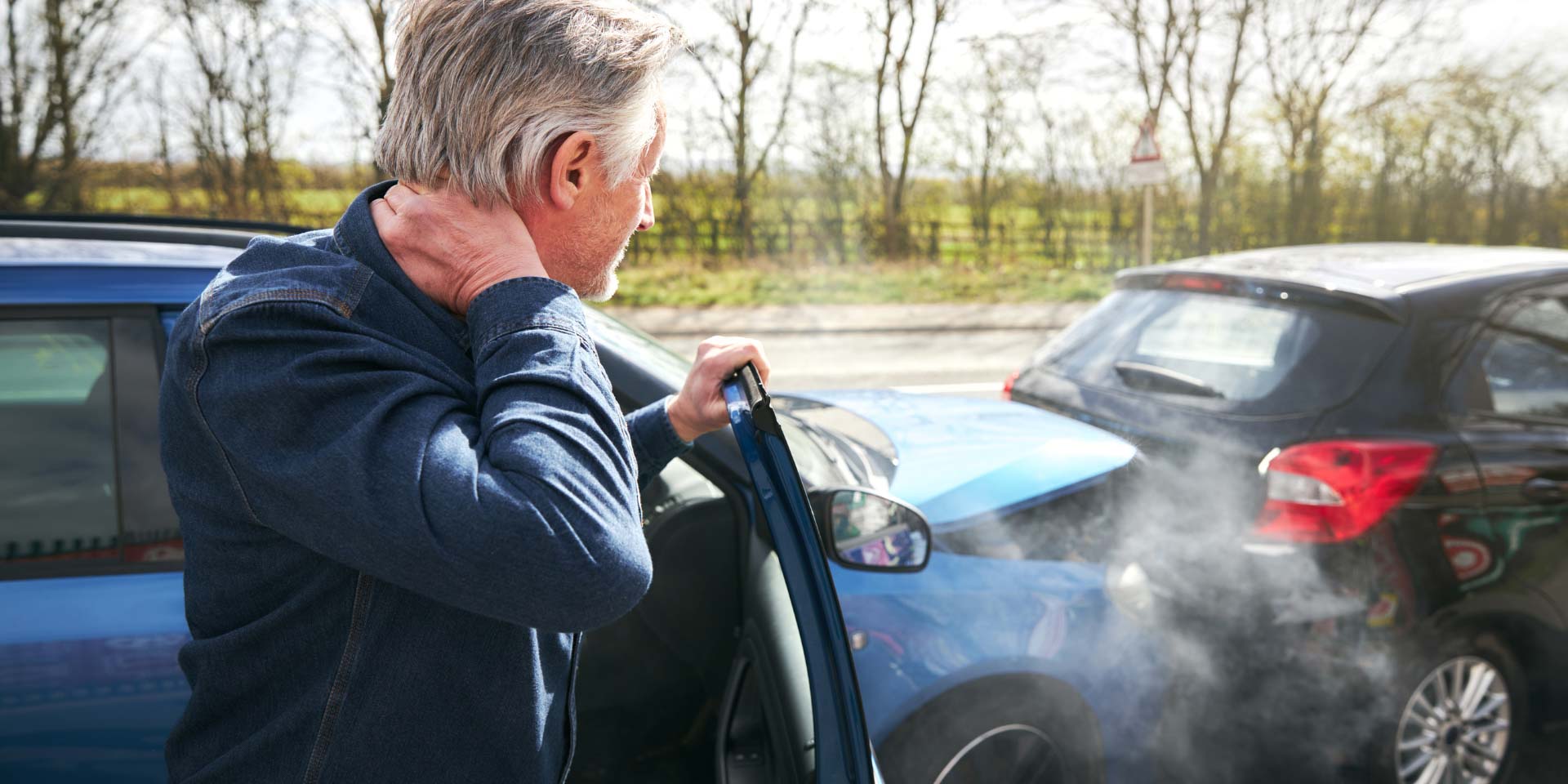Ride-hailing services like Uber and Lyft have revolutionized the way we get around. No longer do we have to rely on expensive taxis or public transportation, we can simply use our smartphones to request a ride at the touch of a button. However, with the convenience of ride-hailing services also comes the risk of accidents. Since the inception of these services, there have been numerous accidents involving both passengers and drivers. In this article, we will explore the history of accidents with Uber and Lyft, the rights of passengers and drivers, and offer advice to both parties.
Accidents involving ride-hailing services are not a new phenomenon. In fact, since Uber and Lyft began operating in California in 2010 and 2012 respectively, there have been a significant number of accidents reported. According to a report by the California Public Utilities Commission, between 2014 and 2018, there were over 6,000 reported accidents involving ride-hailing services in California alone. While these statistics are concerning, it is important to note that ride-hailing services are still generally considered to be safer than traditional taxis.
The rise of ride-sharing services like Uber and Lyft has revolutionized the way people get around in California. However, with more people relying on these services, the number of accidents involving Uber and Lyft has also increased. In this article, we will discuss how often accidents with Uber and Lyft happen in California, the conditions on the roads that contribute to these accidents, the issue of drunk drivers using Uber or Lyft, and the legal issues that arise from these accidents. We will also provide a link to a website where people can get help if they have been involved in an accident with Uber or Lyft www.lawcollective.com
Accidents involving Uber and Lyft are unfortunately common in California. According to a report by the California Public Utilities Commission (CPUC), there were 1,859 reported accidents involving ride-sharing vehicles in California in 2019. Of these, 58 were classified as “major accidents,” which means that someone was injured or killed. While the number of accidents involving ride-sharing vehicles has increased in recent years, the overall rate of accidents involving these services remains relatively low compared to the number of rides taken.
One of the factors that contribute to accidents involving Uber and Lyft is the conditions on the roads in California. California is known for its congested highways and busy city streets, which can make driving a challenge. Additionally, California has a high number of distracted drivers who are using their phones or engaging in other distractions while driving. These factors can make it difficult for Uber and Lyft drivers to navigate the roads safely.
Another factor that contributes to accidents involving Uber and Lyft is the issue of drunk drivers using these services. While Uber and Lyft are intended to provide a safe alternative to driving under the influence, there have been cases where drunk drivers have used these services to get home after a night of drinking. This can put both the driver and the passengers at risk.
Uber and Lyft are two of the most popular ride-hailing companies that have transformed the way people commute. They offer a convenient and cost-effective way for people to get around, and have become incredibly popular around the world. However, these companies have also been at the center of legal battles, facing challenges from regulatory bodies, taxi companies, and drivers themselves. In this article, we’ll explore some of the legal issues that Uber and Lyft have faced, and how these issues can affect the lives of thousands of people.
One of the biggest legal issues facing Uber and Lyft is their classification of drivers as independent contractors rather than employees. This classification has allowed these companies to avoid providing their drivers with the benefits and protections that employees are entitled to, such as minimum wage, overtime pay, and healthcare benefits. This has led to numerous lawsuits and regulatory challenges, as drivers and worker advocacy groups argue that they should be considered employees.
In some cases, these legal battles have resulted in victories for drivers. For example, in 2020, the California Labor Commission ruled that a former Uber driver was an employee rather than an independent contractor, and was therefore entitled to reimbursement for expenses incurred while driving for the company. However, in other cases, courts have upheld the classification of drivers as independent contractors, which has allowed Uber and Lyft to continue operating with minimal regulatory oversight.
Another legal issue facing Uber and Lyft is safety. The ride-hailing companies have faced criticism for not doing enough to ensure the safety of their passengers and drivers. In some cases, drivers have been accused of sexual assault and harassment, and in other cases, passengers have been injured or killed in accidents involving Uber and Lyft drivers.
In response to these safety concerns, Uber and Lyft have implemented a number of safety measures, such as background checks for drivers, in-app safety features, and partnerships with law enforcement agencies. However, critics argue that these measures are not enough, and that more needs to be done to ensure the safety of everyone who uses these services.
The legal issues facing Uber and Lyft have far-reaching consequences that can affect the lives of thousands of people. For drivers, the classification as independent contractors means that they are not entitled to the benefits and protections that come with being an employee. This can make it difficult for drivers to make a living wage, and can also leave them without healthcare coverage or other important benefits.
For passengers, safety concerns can be a major issue. While Uber and Lyft have implemented safety measures, the fact remains that passengers are getting into cars with strangers, which can be risky. In addition, the legal battles that these companies are facing can lead to uncertainty about the future of the industry, which can make it difficult for passengers to plan their commutes and travel.
Despite these legal issues, there are also many good things about Uber and Lyft. These companies have made transportation more affordable and convenient for millions of people around the world. They have also created job opportunities for thousands of drivers, many of whom would otherwise be unemployed or underemployed.
In addition, Uber and Lyft have helped to reduce congestion on the roads, as people are choosing to use these services instead of driving their own cars. This can have a positive impact on the environment, as fewer cars on the road means less air pollution and greenhouse gas emissions.
In conclusion, Uber and Lyft have revolutionized the way people commute, but they have also faced significant legal challenges. The classification of drivers as independent contractors and safety concerns are just two of the issues that these companies have had to deal with. While there are certainly negative aspects of these legal battles, there are also many positive aspects to Uber and Lyft. These companies have created jobs, reduced congestion, and made transportation more accessible and affordable for millions of people.



